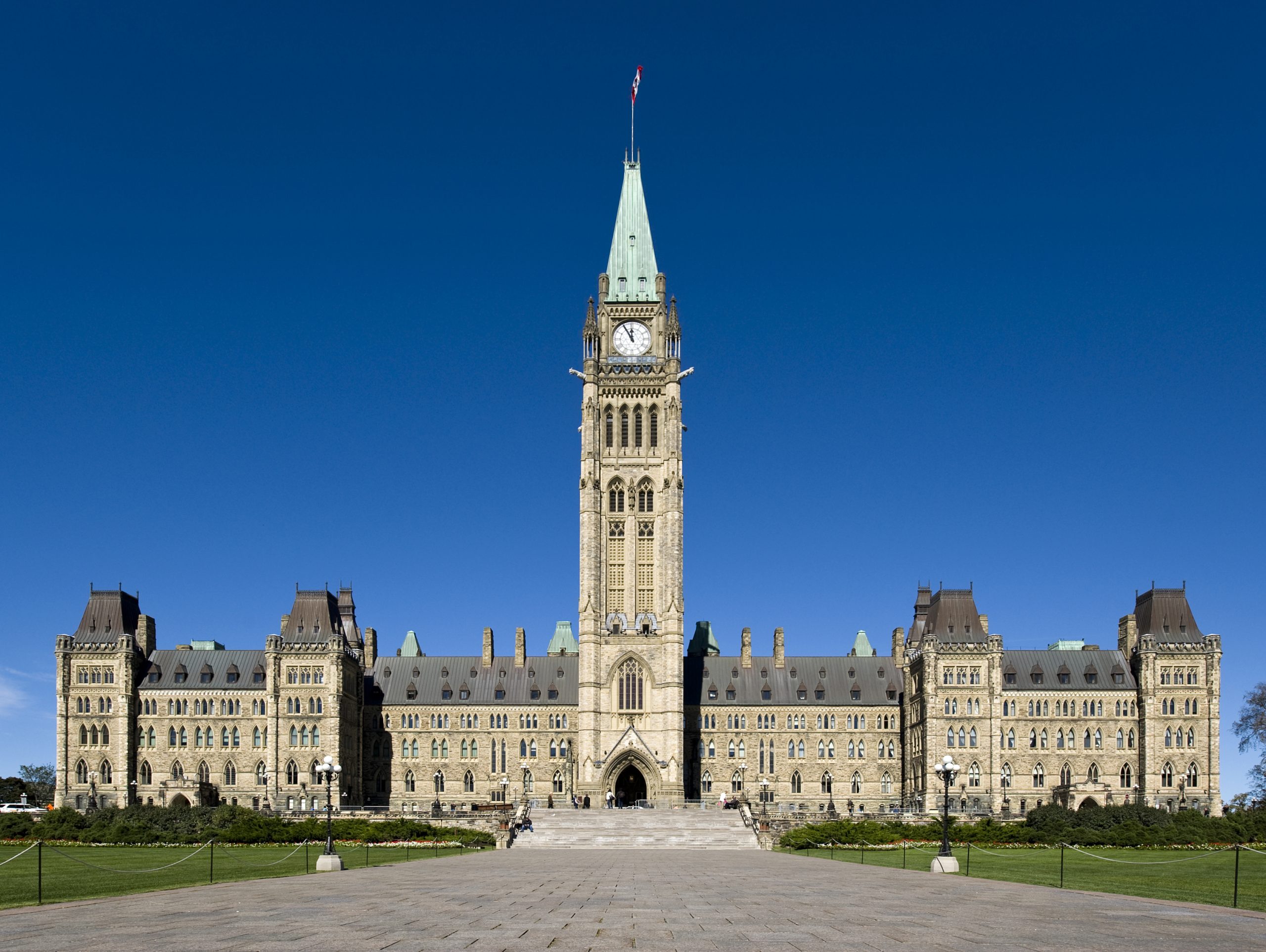Since 2001, the Frontier Centre for Public Policy has compiled a simple measure of tax competitiveness across Western Canada. Over time adjacent jurisdictions have been added, including Ontario and four American states, North Dakota, Minnesota, Montana and Washington. Like the “misery index,” which added up the inflation rate and unemployment rate, the tax-load index sums up a jurisdiction’s key rates – meaning the top marginal tax rates (including surcharges) – on personal and corporate income, as well as payroll, capital and sales taxes, and tries to present a picture of the total tax burden.
The index excludes federal taxes, except employment insurance taxes, which are levied at the state level in the U.S., but remaining federal taxes are left out as they are the same in all states and provinces. For simplicity’s sake, minor variations in how tax bases are calculated have been ignored. Since capital taxes are among the most detrimental types of taxes, these are calculated using the rate imposed on financial institutions, plus any other capital tax.
- The index shows the biggest movement since 2002, except in B.C. and Ontario, where the load declined only marginally. The adoption of business tax reforms has pushed Saskatchewan’s tax load down by 3 percent this year, with additional reductions expected through 2008. At 47%, it is still the third-highest load in the region.
- With slightly lower personal and small business income taxes, Manitoba no longer has the highest tax load in this comparison, with Ontario moving to that spot.
- Alberta continues with Canada’s lowest tax load, within 3 percent of neighbouring Montana, with levels closer to those found in the U.S.
- Washington state has a very low tax burden, with no personal income taxes, and a modest business tax levied on receipts (with a range from 0.11% to 5.03%), while almost half of all state-tax receipts come from sales taxes. It is the runaway lowest tax jurisdiction of this group and is among the lowest-tax jurisdictions in the U.S.
- Despite small reductions for 2006, Manitoba remains Western Canada’s tax load champion, with punitive capital taxes, and the highest tax rate on small businesses. Manitoba’s tax load index is double that of Alberta. Modest personal income tax reductions on middle incomes – not the top marginal tax rates which ultimately influence investment and career location decisions – though welcome, do not match planned business-tax reductions in neighbouring Saskatchewan.
- Since 1999, all Canadian jurisdictions have experienced declining tax loads. The most dramatic reductions have been in B.C. and Alberta, followed by Saskatchewan. Manitoba’s reductions have been the least aggressive in the region, and have declined by only a third of B.C.’s reductions and by less than half of Alberta’s.
- The impacts of Manitoba’s uncompetitive tax rates are predictable – lower growth rates in income, population, and investment – and a continued falling behind. More troubling is Manitoba’s increasing dependence on federal subsidies. In 2006, federal transfers (equalization and the Canada Health and Social Transfer) accounted for 34.7% of the Manitoba budget. Since 1999 federal transfers have grown 50% faster than the local economy. They’ve increased by 45% over this period compared to 30% for Manitoba’s own-source revenues.
- Manitoba’s low-growth policy framework is connected to its uncompetitive tax rates. To stimulate its economy, it needs to focus less on increasing equalization subsidies and other federal transfers and bring its personal and corporate income tax rates in line with its neighbours, while eliminating capital and payroll taxes.
- These reductions can be funded through a variety of policy reforms including the phasing out Manitoba’s archaic “power at cost” policy for domestic electricity pricing (worth a billion in lost revenue), as well as efficiencies available from adopting more dynamic policy models. Experience shows that lower marginal rates accelerate growth, expand the tax base and ultimately increase revenues.
SOURCES: 2006 provincial and state budget documents, Canadian Taxpayers Federation
“Frontier Charticle“ is a one page graphical discussion of regional public policy issues. The Frontier Centre for Public Policy is an independent public policy think tank whose mission is to explore options for the future by undertaking research and education that supports economic growth and opportunity. Address: 203 – 2727 Portage Avenue – Winnipeg, Manitoba CANADA R3J 0R2 – Tel: (204) 957-1567 Fax: (204) 957-1570 – E-mail: newideas@fcpp.org – Website: www.fcpp.org
Read in PDF format here.



